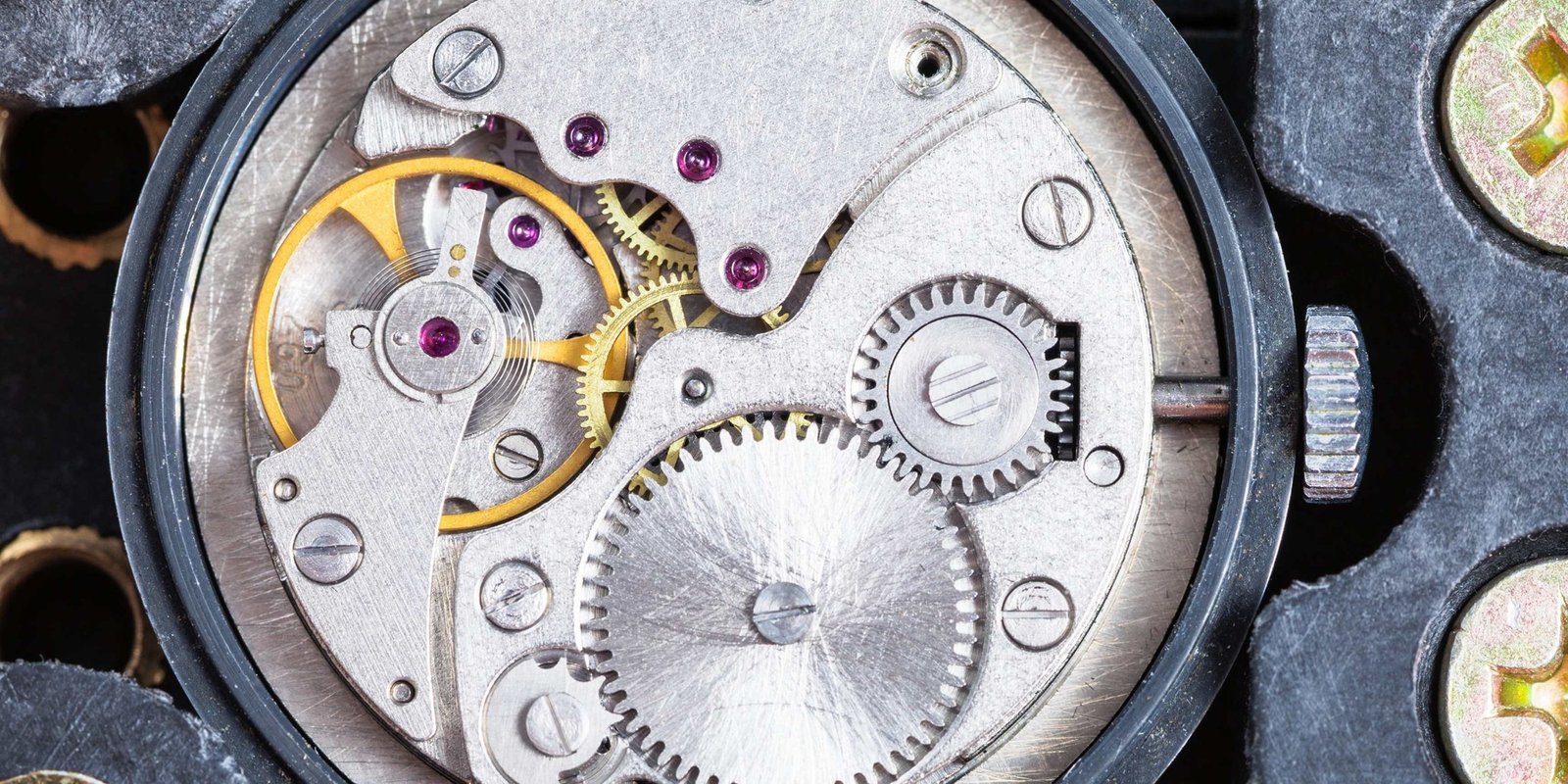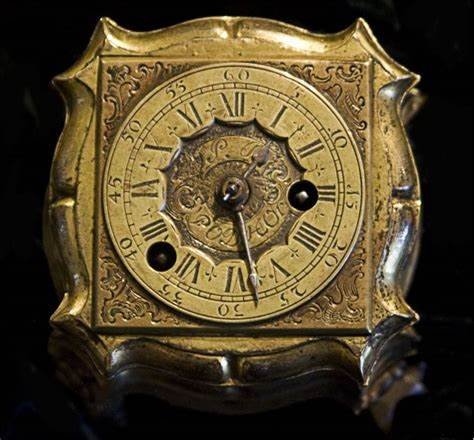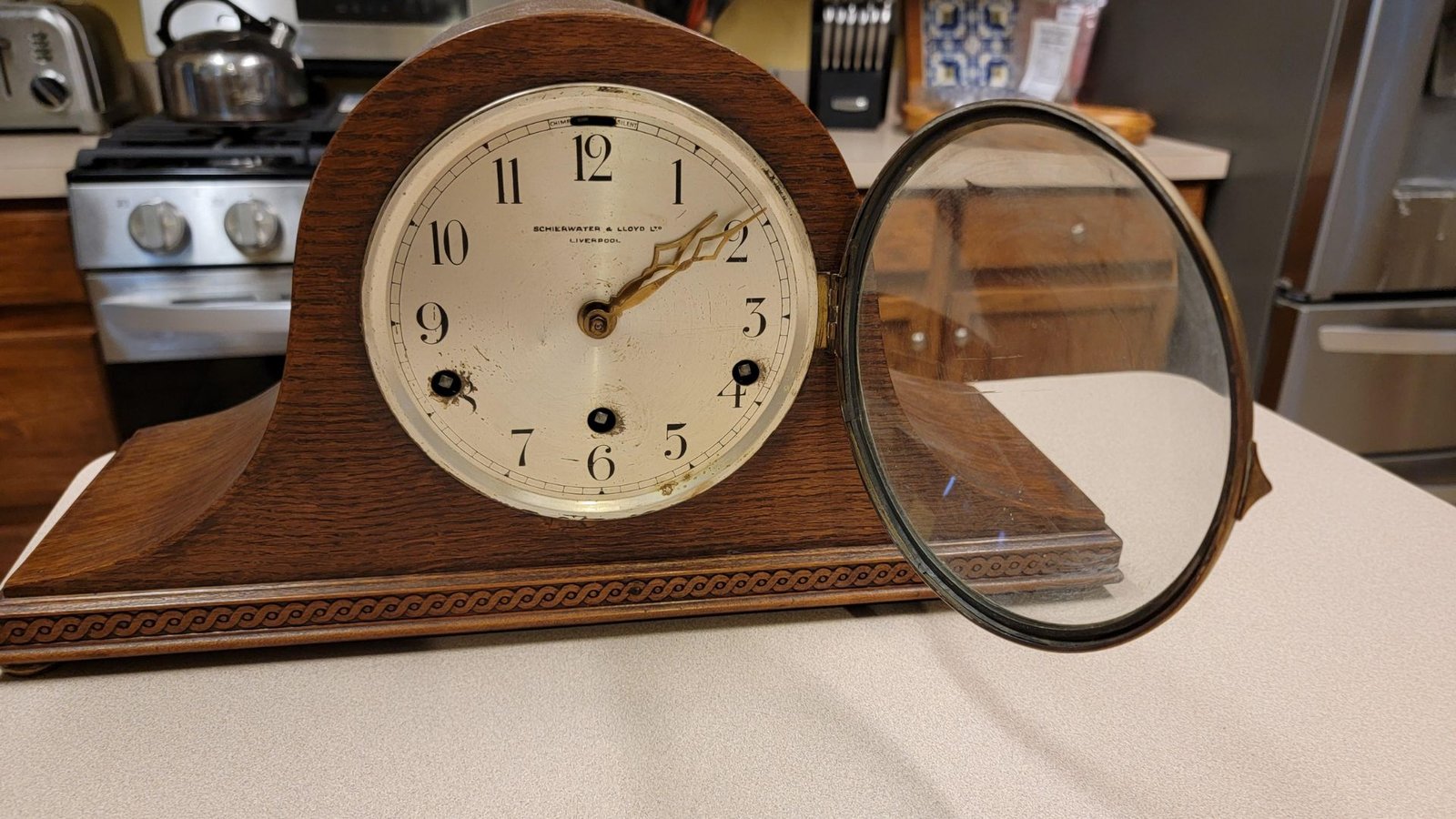Clock movements, or mechanisms, are the heart of any timepiece. They determine how a clock keeps time and drives its hands, chimes, and other features. Understanding the different types of clock movements can help you diagnose and repair common issues effectively. Here’s a comprehensive guide to the main types of clock movements and how to address problems associated with each.
1. Mechanical Movements
Overview: Mechanical clock movements are powered by a wound spring or weights and use gears to regulate time. They are often found in traditional clocks, including grandfather, wall, and mantel clocks.
Common Issues:
- Timekeeping Problems: Mechanical clocks may lose or gain time due to issues with the escapement or pendulum.
- Sticking Mechanism: Dirt or lack of lubrication can cause the gears to stick or slow down.
Repairs:
- Cleaning: Disassemble the clock and clean the gears and other internal components with a soft brush or compressed air. Avoid using water or abrasive materials.
- Lubrication: Apply clock oil to the moving parts, but use sparingly to avoid attracting dust.
- Adjustments: Check the escapement and pendulum for proper function and adjust as needed to ensure accurate timekeeping.
2. Quartz Movements
Overview: Quartz movements use an electronic oscillator regulated by a quartz crystal to keep time. These are common in modern clocks and watches due to their accuracy and low maintenance requirements.
Common Issues:
- Timekeeping Errors: Quartz clocks may gain or lose time if the battery is running low or if there are issues with the electronic circuitry.
- Display Malfunctions: Problems with the digital display or backlight can occur.
Repairs:
- Battery Replacement: Replace the battery if the clock is losing time or not working. Use the correct battery type as specified by the manufacturer.
- Reset the Clock: Sometimes, resetting the clock or recalibrating the time can resolve issues. Follow the manufacturer’s instructions for resetting.
- Electronic Repairs: For display issues or circuit problems, consult a professional technician, as these repairs can be complex.
3. Electronic Movements
Overview: Electronic clock movements use digital components to control timekeeping functions. These movements are often found in digital clocks and some modern wall clocks.
Common Issues:
- Power Issues: Electronic clocks may fail to operate if there is a power supply problem or if the internal circuitry is damaged.
- Display Problems: Issues with the digital display or controls can affect the clock’s functionality.
Repairs:

- Check Power Supply: Ensure that the clock is properly plugged in or that the batteries are functioning. Replace any faulty power sources.
- Inspect the Circuitry: If there are display issues or malfunctioning controls, examine the internal circuitry for any visible damage or loose connections. This may require soldering or replacing components.
- Consult a Technician: Electronic repairs often require specialized knowledge and tools, so it’s best to seek professional assistance for complex issues.
4. Atomic Movements
Overview: Atomic clocks use signals from atomic timekeeping devices to ensure extreme accuracy. They automatically adjust time based on radio signals from atomic time standards.
Common Issues:
- Signal Reception Problems: Atomic clocks may struggle to receive time signals if there are obstructions or if the clock is located in an area with poor reception.
- Battery Life: Like other clocks, atomic clocks can have issues with battery life.
Repairs:
- Improve Signal Reception: Place the clock in an area with better signal reception, away from obstructions or electronic devices that may interfere.
- Battery Replacement: Replace the batteries to ensure proper functioning of the clock.
5. Dual Movement Clocks
Overview: Some clocks feature both mechanical and quartz movements, combining traditional and modern timekeeping methods.
Common Issues:
- Synchronization Problems: The mechanical and quartz movements may become unsynchronized, causing discrepancies in timekeeping.
- Maintenance Challenges: Dual movement clocks require maintenance for both types of mechanisms.
Repairs:
- Check Synchronization: Ensure that both movements are properly synchronized. Adjust the settings or realign the mechanisms if needed.
- Regular Maintenance: Perform regular cleaning and lubrication for mechanical parts while also checking the battery and electronic components for the quartz movement.
Conclusion
Understanding the different types of clock movements is essential for diagnosing and repairing common issues. Whether you’re dealing with mechanical, quartz, electronic, atomic, or dual movement clocks, each type has its own set of potential problems and repair techniques. Regular maintenance, timely repairs, and proper handling can ensure your clock remains accurate and functional. For complex repairs, especially those involving electronic components or intricate mechanisms, seeking professional help is recommended to maintain the longevity and performance of your timepiece.




